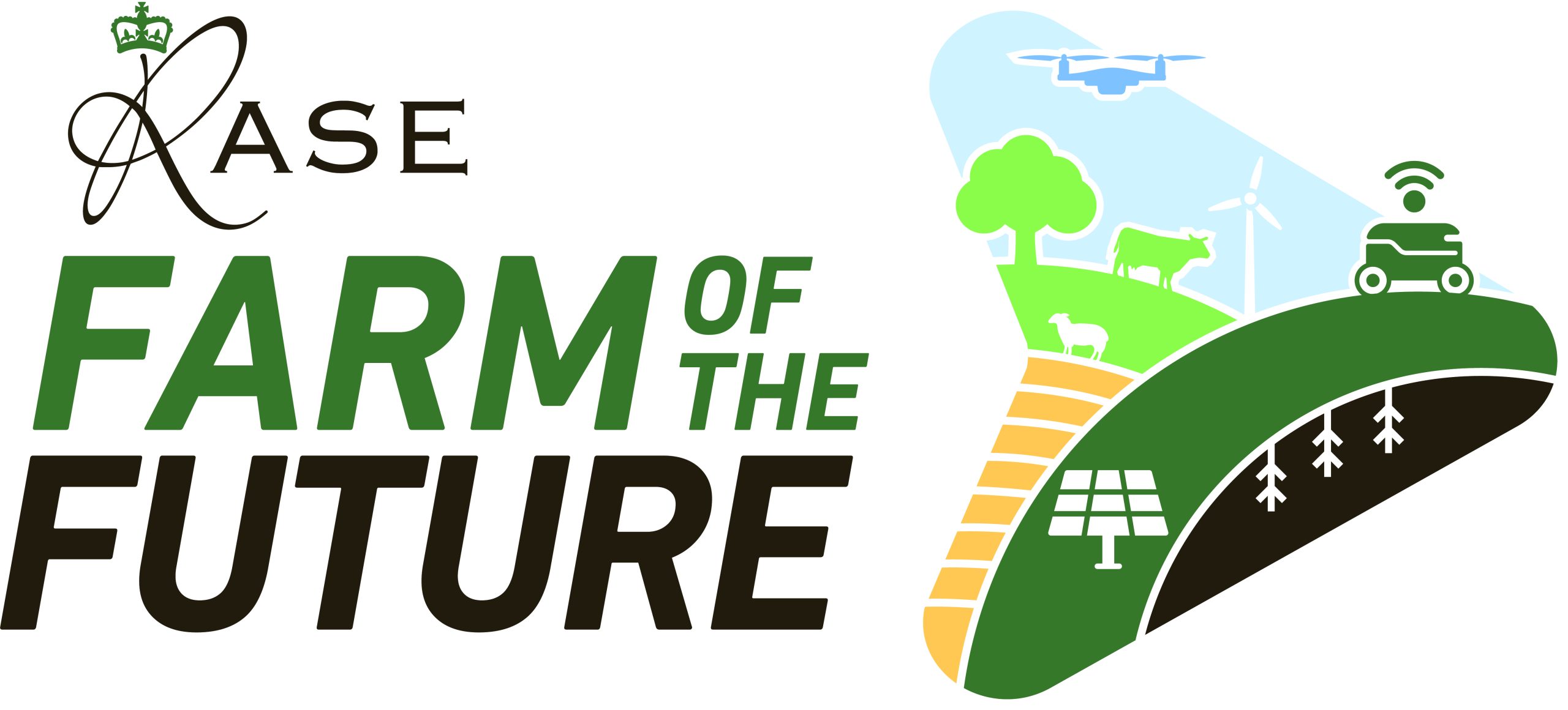Farm and land resource management
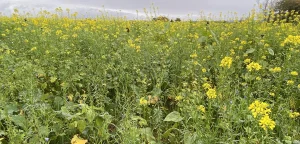
Farm and land management
Farms can be part of the solution by harnessing the power of photosynthesis to grow and build carbon in soils and recycling opportunities.

Carbon and soils
Much can be learned from studying soil. It is a bewilderingly complex ecosystem of millions of species and organisms.
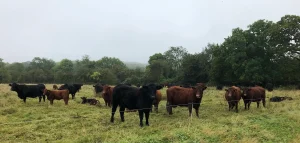
Grassland and ruminants
Grasslands cover over 52 million kilometres, or 40.5%, of the total terrestrial area globally and are an important ecosystem and carbon sink.
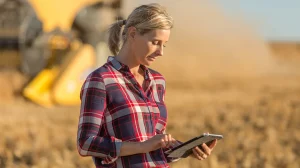
Measuring farm carbon
While there are various tools, there are three main options available to all UK farmers and growers who are keen to start carbon footprinting.
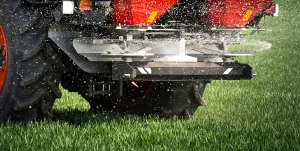
Fertiliser and agrochemicals
Contributions of herbicides, fungicides, insecticides, and growth regulators are estimated to comprise about 3% of GHG emissions in arable cropping.
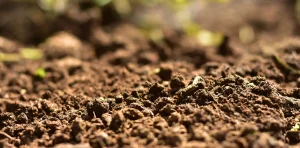
Carbon sequestration and microbial soil activity
Recycling carbon rich by-products of rural, urban and industrial activities back to soil presents an opportunity to mitigate climate change.

A new era of public support for farmers
One significant impact of Brexit was the opportunity for the four devolved nations to decide for themselves how to support farmers.

Biodiversity: A balance between farming & nature
Promoting a better balance between farming and Nature can only come when the evaluation of natural benefits can be quantified on an agreed basis.
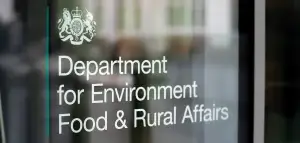
Agricultural subsidy payments
Defra’s target is for at least 70% of farmers, covering at least 70% of farmland, to take up Sustainable Farming Incentive agreements.
